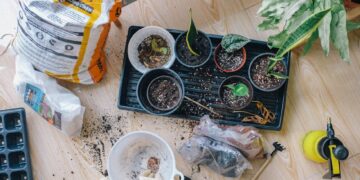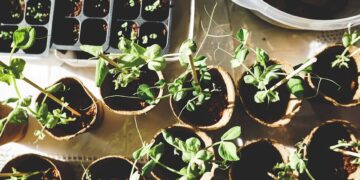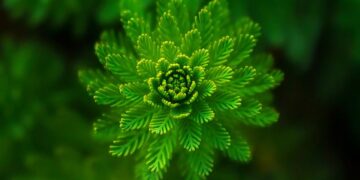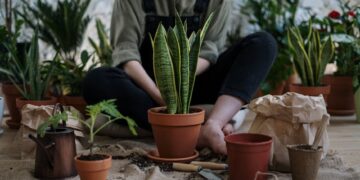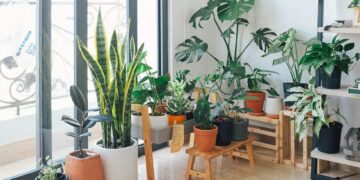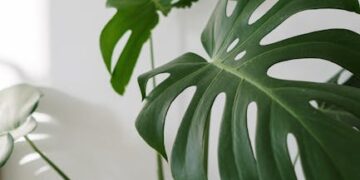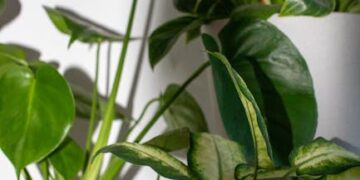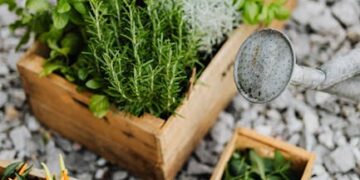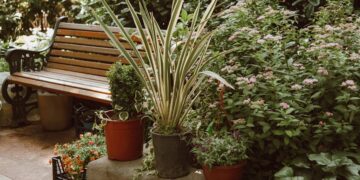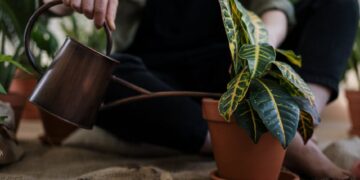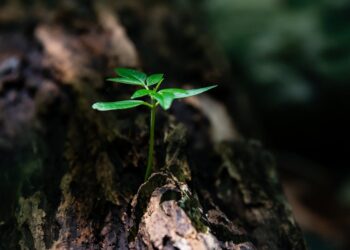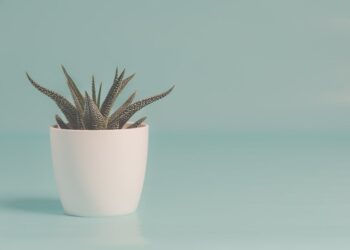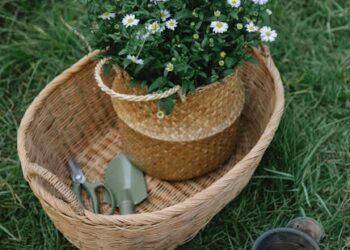Maximizing Growth: Understanding Your Indoor Plants’ Light Requirements
Indoor plants not only embellish your living spaces but also bring a slice of nature indoors. However, just placing a plant near a window and hoping for the best does not suffice. Understanding the varied light requirements of indoor plants is key to nurturing them to their full potential. Let’s delve deep into the world of horticulture and learn how to ensure our leafy friends thrive indoors!
The Essentials of Light for Plant Growth
Before diving into specifics, it’s important to grasp why light is so crucial for plant growth. Light is the primary energy source for photosynthesis, the process through which plants convert light, water, and carbon dioxide into glucose, which fuels their growth. No sunlight means no energy, leading to poor growth or even plant death. But not all plants have the same light needs. Some need bright light to thrive, while others do well in low light. Understanding these nuances can make all the difference.
Measuring Light Intensity: The Basics
The intensity of light that reaches your plants can significantly influence their health. Light intensity is measured in foot-candles or lux. For indoor plants, this typically ranges from 50 to 2,000 lux. Different plants require differing amounts of light intensity:
- Low light: 50-250 lux
- Medium light: 250-1000 lux
- High light: 1000-2000 lux or more
Classifying Plants Based on Their Light Requirements
Low Light Plants: Survivors of the Shade
Low light plants are champions of survival under minimal light conditions. They are perfect for areas far from windows or in rooms with limited natural light. Some popular low-light plants include the snake plant, pothos, and ZZ plant. These are ideal for office spaces or low-light rooms, providing greenery without the need for intense sunlight.
Medium Light Plants: The Moderates
These plants require more light than the low-light types but don’t need direct sunlight. Examples include the Peace Lily and the Spider Plant. They thrive in well-lit rooms where sunlight is filtered through a sheer curtain or diffused by a window that does not directly face the sun.
High Light Plants: Sun Seekers
High light plants need abundant light and are often found basking in the sunny spots of homes. Succulents, cacti, and the Bird of Paradise are some examples that fall into this category. They are best placed in south-facing windows where they can soak up loads of sunlight.
Practical Tips to Ensure Your Plants Get Adequate Light
Choosing the Right Spot
Positioning is everything. Always place high light plants near south-facing windows. East or west-facing windows work well for medium light plants, while north-facing windows or areas away from windows are suitable for low light plants. Remember, the window type and any obstructions like buildings or tree cover outside the window can also impact light availability.
Using Artificial Lighting
If natural light is insufficient, artificial grow lights can be a lifesaver. They come in various forms, such as LED grow lights, fluorescent lights, and incandescent bulbs. Select your light type based on your plant’s needs. For instance, fluorescents are great for herbs and other moderate-light plants, while LEDs, which cover a broader spectrum, are suitable for almost all types of plants.
Monitor and Adjust Regularly
Always keep an eye on your plants and look for signs of light deficiency, which can include slow growth, leaf drop, and pale leaves. Sometimes, even rotating your plant occasionally can expose all sides to equal light, promoting even growth.
Frequently Asked Questions
What if my room has no windows?
In rooms without windows, rely on artificial lighting solutions. A combination of fluorescent and incandescent lights can provide a spectrum of light that supports a variety of indoor plants.
How often should I change the placement of my plants?
Try to assess your plant’s growth and condition monthly. Shift the positions of the plants if you notice any light deficiency symptoms or if the seasons change and affect light intensity and angles.
Wrapping Up
Mastering the light requirements of your indoor plants enriches their growth and enhances their beauty. By adequately meeting their light needs, you not only contribute to their health but also to the aesthetic and environment of your home or workspace. Always remember to adjust as needed, and most importantly, enjoy the process of caring for your green companions.

